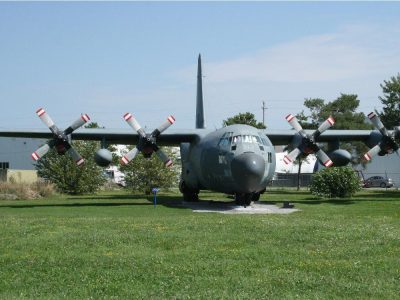Trenton, ON — The Royal Canadian Air Force has quietly turned to an unusual source for spare parts to keep its venerable search-and-rescue airplanes flying: a museum.
The Citizen has learned that, in July 2012, air force technicians raided an old Hercules airplane that is on display at the National Air Force Museum of Canada because they needed navigational equipment for a similar aircraft still in use.
The revelation highlights the difficulties military personnel have increasingly faced in keeping Canada’s ancient search-and-rescue planes flying after more than a decade of government promises to buy replacements — with no end in sight.

The air force museum is on Canadian Forces Base Trenton and boasts a large collection of military aircraft that have been retired and subsequently placed on display.
Among them is an E-model C-130 Hercules transport aircraft that entered service in 1965 and was used in a variety of roles before being retired in 2010 and given to the museum the following year.
Museum curator Kevin Windsor said classified equipment is typically taken off the display aircraft, but otherwise the museum tries to keep the aircraft as close to operational as possible to give visitors an authentic experience.
It was during his Windsor’s second week on the job that the search-and-rescue squadron at CFB Trenton contacted the museum’s executive director, retired lieutenant-colonel Chris Colton, to see if they could go through the Hercules.
In particular, Windsor said, they were looking for two inertial navigation units that they could take from the museum’s airplane and install in one of their H-model Hercules, which range in age from 20 to 40 years.
“They sort of called (Colton) up and said ‘Hey, we have these two INUs that we can’t use. Do you have any on yours?’ ” Windsor said. “Some of the parts are interchangeable. They just kind of got lucky on that.”
The INUs work in conjunction with two GPS units to provide the Hercules’s main navigation system, RCAF Capt. Julie Brunet said in an email. “These high value and essential systems allow long non-stop flights to be able to provide better response time to any search-and-rescue mission.”
Once air force technicians confirmed the museum’s Hercules still had its navigational units, it only took about half an hour to get them out.
Read more: http://ottawacitizen.com
